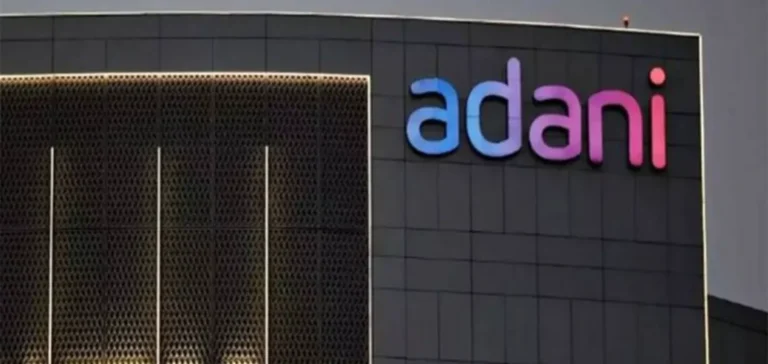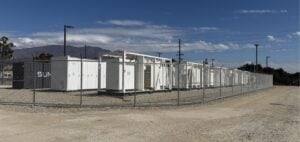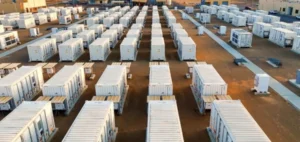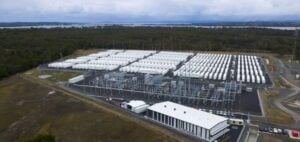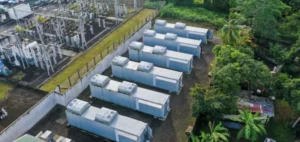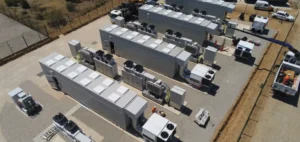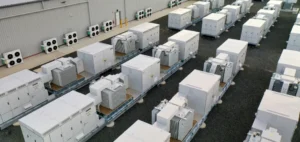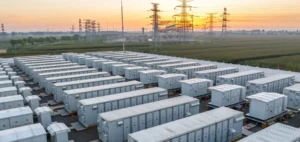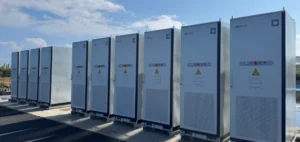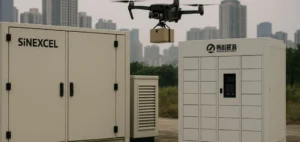Adani Group has announced a strategic investment in Battery Energy Storage Systems (BESS) with a 1126 MW and 3530 MWh project in Khavda, western India. The infrastructure will utilise over 700 BESS containers, making it the largest project of its kind in India and one of the world’s largest single-site deployments. Commissioning is expected by March 2026.
Industrial positioning in an emerging market
The project is integrated within the Khavda complex, recognised as the world’s largest renewable energy installation. It is based on lithium-ion battery technology, paired with advanced energy management systems designed to maximise performance and reliability. The setup will ensure approximately three hours of continuous power output.
This development aims to enhance grid stability during peak demand periods while reducing transmission line congestion. The storage system will also help curb losses related to solar energy overproduction that cannot be immediately absorbed by the grid.
Long-term investment objectives
Adani Group has outlined a clear roadmap to expand its presence in energy storage. In the short term, the group plans to deploy an additional 15 GWh of capacity by March 2027. The five-year target is set at 50 GWh of cumulative capacity, potentially making it one of the largest storage portfolios in Asia.
This strategy follows a vertical integration model aimed at securing generation and distribution capabilities in the face of high variability from renewable sources. The group seeks to structure an energy ecosystem that meets large-scale industrial and urban demands.
Scaling up energy capabilities
The project strengthens Adani Group’s progression into high-value technology segments. The integration of BESS at Khavda transforms the site into a combined generation and storage hub, capable of delivering flexible power based on national grid requirements.
Through this initiative, Adani Group joins the ranks of industrial groups making large-scale investments in storage solutions, now a central axis of energy competitiveness in high-demand countries. The project could also catalyse further private sector investment in India’s storage segment.


